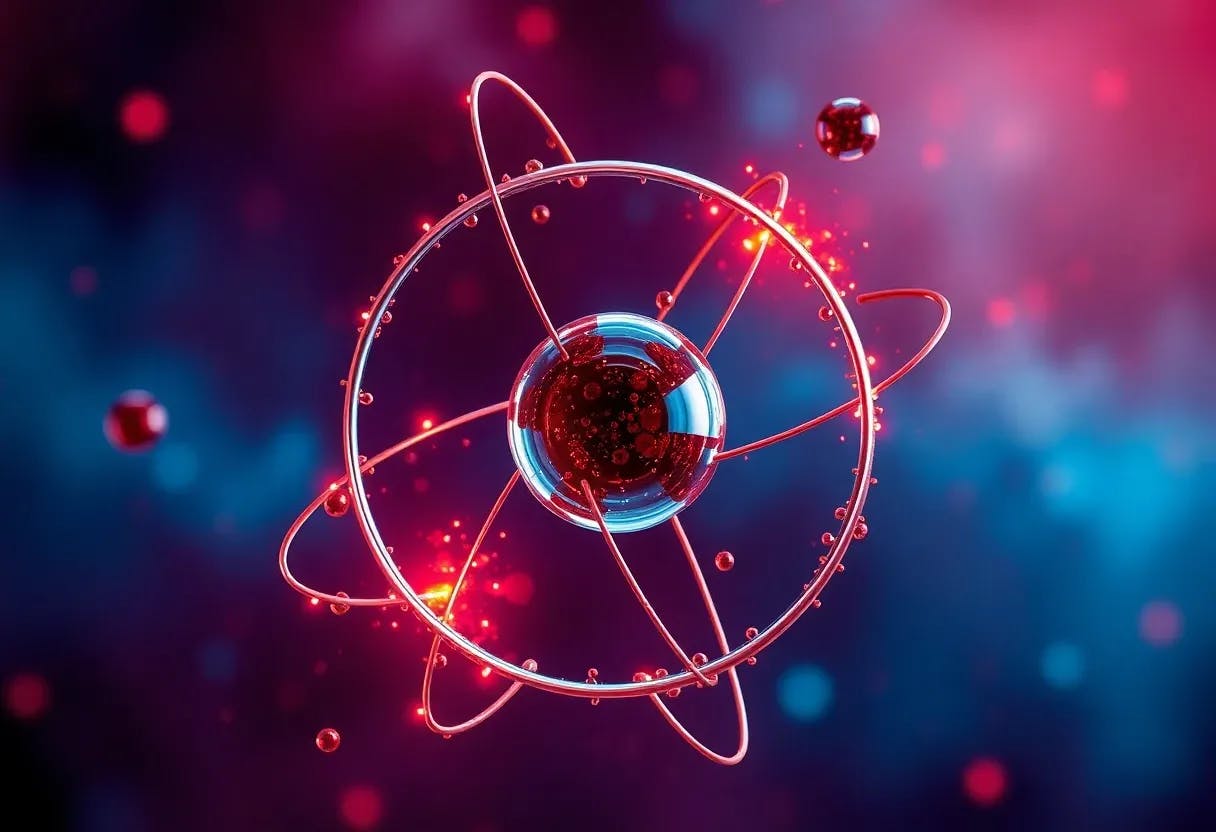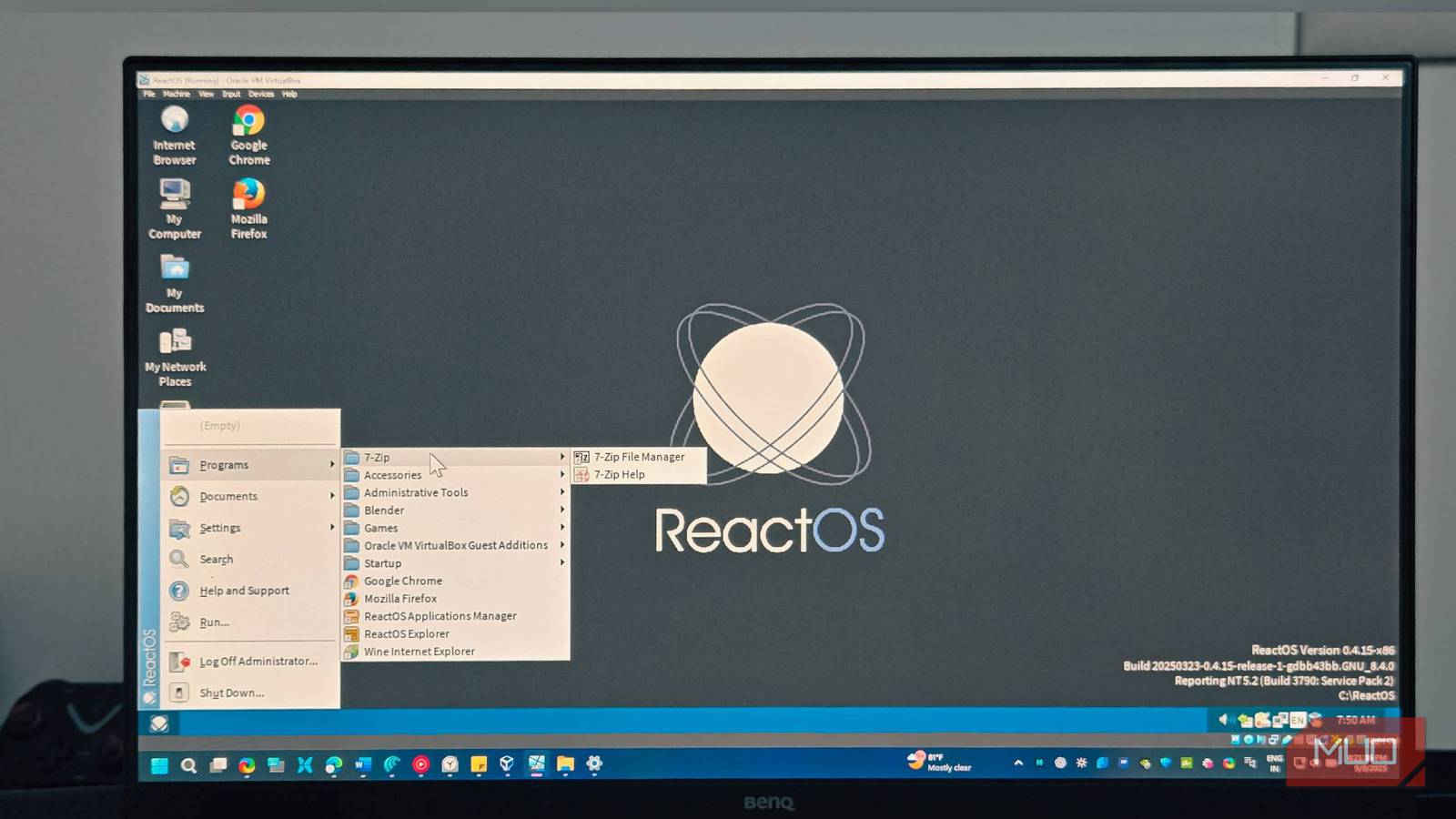2 Muons vs. Protons
Ultimately, there is a rich interplay between annihilation and VBF production of both SM and BSM particles at high-energy muon colliders. For Standard Model processes well above threshold, the relative scaling as a function of collider energy √ s is [32]
where the triple logarithmic enhancement is due to a double collinear logarithm from the two electroweak PDFs and a single soft logarithm. The competition between the coupling suppression and energy growth leads to crossovers between Standard Model cross sections for annihilation and VBF production around energies of √s ∼ few TeV, with correspondingly higher crossover energies for higher-multiplicity final states. The scaling is analogous for production of BSM particles with a final-state mass scale mX, for which the relative scaling well above threshold is [32]
Even so, it bears emphasizing that the above scaling assumes muon collisions are occurring well above production threshold. This is likely to be true for most Standard Model processes at a high-energy muon collider, but need not hold for BSM production. Although the underlying approximations break down as mX → √s, the naive scaling in Eq. (9) indicates that annihilation production once again dominates in this limit. Despite the overall 1/s falloff in annihilation cross sections, even a handful of events with sufficiently distinctive final states near threshold may be sufficient for the discovery of new physics. We caution that projections based on VBF production modes alone would fail to capture these important cases.
The interplay between annihilation and VBF production is illustrated in Fig. 3, which shows the ratio of the annihilation cross section σann and VBF cross section σVBF for two representative examples – a vector-like pair of SU(2) singlet Weyl fermions with hypercharge ±1, and a vector-like pair of SU(2) doublet Weyl fermions with hypercharge ±1/2 – as a function of the collider energy √ s and the particle mass relative to threshold. In both cases, the annihilation cross section is computed analytically while the VBF cross section is computed by convolving partonic cross sections with the corresponding PDFs derived in Sec. 3. For both the SU(2) singlet and doublet, the crossover takes place once the fermion mass is above about 10% of √ s/2. Ultimately the differences in the two cases are modest; although the WW fusion contribution to VBF is much larger for the doublet, the dominant contribution in both cases is ultimately from γγ fusion. For sufficiently distinctive final states, this is likely to favor production via annihilation as a discovery mode. Of course, the details depend on the relative sizes of signal and background, another aspect where muon colliders enjoy further advantages over their proton-proton counterparts, as we will now emphasize.
Authors:
(1) Hind Al Ali, Department of Physics, University of California, Santa Barbara, CA 93106, USA;
(2) Nima Arkani-Hamed, School of Natural Sciences, Institute for Advanced Study, Princeton, NJ, 08540, USA;
(3) Ian Banta, Department of Physics, University of California, Santa Barbara, CA 93106, USA;
(4) Sean Benevedes, Department of Physics, University of California, Santa Barbara, CA 93106, USA;
(5) Dario Buttazzo, INFN, Sezione di Pisa, Largo Bruno Pontecorvo 3, I-56127 Pisa, Italy;
(6) Tianji Cai, Department of Physics, University of California, Santa Barbara, CA 93106, USA;
(7) Junyi Cheng, Department of Physics, University of California, Santa Barbara, CA 93106, USA;
(8) Timothy Cohen, Institute for Fundamental Science, University of Oregon, Eugene, OR 97403, USA;
(9) Nathaniel Craig, Department of Physics, University of California, Santa Barbara, CA 93106, USA;
(10) Majid Ekhterachian, Maryland Center for Fundamental Physics, University of Maryland, College Park, MD 20742, USA;
(11) JiJi Fan, Department of Physics, Brown University, Providence, RI 02912, USA;
(12) Matthew Forslund, C. N. Yang Institute for Theoretical Physics, Stony Brook University, Stony Brook, NY 11794, USA;
(13) Isabel Garcia Garcia, Kavli Institute for Theoretical Physics, University of California, Santa Barbara, CA 93106, USA;
(14) Samuel Homiller, Department of Physics, Harvard University, Cambridge, MA 02138, USA;
(15) Seth Koren, Department of Physics and Enrico Fermi Institute, University of Chicago, Chicago, IL 60637, USA;
(16) Giacomo Koszegi, Department of Physics, University of California, Santa Barbara, CA 93106, USA;
(17) Zhen Liu, Maryland Center for Fundamental Physics, University of Maryland, College Park, MD 20742, USA and School of Physics and Astronomy, University of Minnesota, Minneapolis, MN 55455, USA;
(18) Qianshu Lu, Department of Physics, Harvard University, Cambridge, MA 02138, USA;
(19) Kun-Feng Lyu, Department of Physics, The Hong Kong University of Science and Technology, Clear Water Bay, Kowloon, Hong Kong S.A.R., P.R.C;
(20) Alberto Mariotti, Theoretische Natuurkunde and IIHE/ELEM, Vrije Universiteit Brussel, and International Solvay Institutes, Pleinlaan 2, B-1050 Brussels, Belgium;
(21) Amara McCune, Department of Physics, University of California, Santa Barbara, CA 93106, USA;
(22) Patrick Meade, C. N. Yang Institute for Theoretical Physics, Stony Brook University, Stony Brook, NY 11794, USA;
(23) Isobel Ojalvo, Princeton University, Princeton, NJ 08540, USA;
(24) Umut Oktem, Department of Physics, University of California, Santa Barbara, CA 93106, USA;
(25) Diego Redigolo, CERN, Theoretical Physics Department, Geneva, Switzerland and INFN Sezione di Firenze, Via G. Sansone 1, I-50019 Sesto Fiorentino, Italy;
(26) Matthew Reece, Department of Physics, Harvard University, Cambridge, MA 02138, USA;
(27) Filippo Sala, LPTHE, CNRS & Sorbonne Universite, 4 Place Jussieu, F-75252 Paris, France
(28) Raman Sundrum, Maryland Center for Fundamental Physics, University of Maryland, College Park, MD 20742, USA;
(29) Dave Sutherland, INFN Sezione di Trieste, via Bonomea 265, 34136 Trieste, Italy;
(30) Andrea Tesi, INFN Sezione di Firenze, Via G. Sansone 1, I-50019 Sesto Fiorentino, Italy and Department of Physics and Astronomy, University of Florence, Italy;
(31) Timothy Trott, Department of Physics, University of California, Santa Barbara, CA 93106, USA;
(32) Chris Tully, Princeton University, Princeton, NJ 08540, USA;
(33) Lian-Tao Wang, Department of Physics and Enrico Fermi Institute, University of Chicago, Chicago, IL 60637, USA;
(34) Menghang Wang, Department of Physics, University of California, Santa Barbara, CA 93106, USA.










